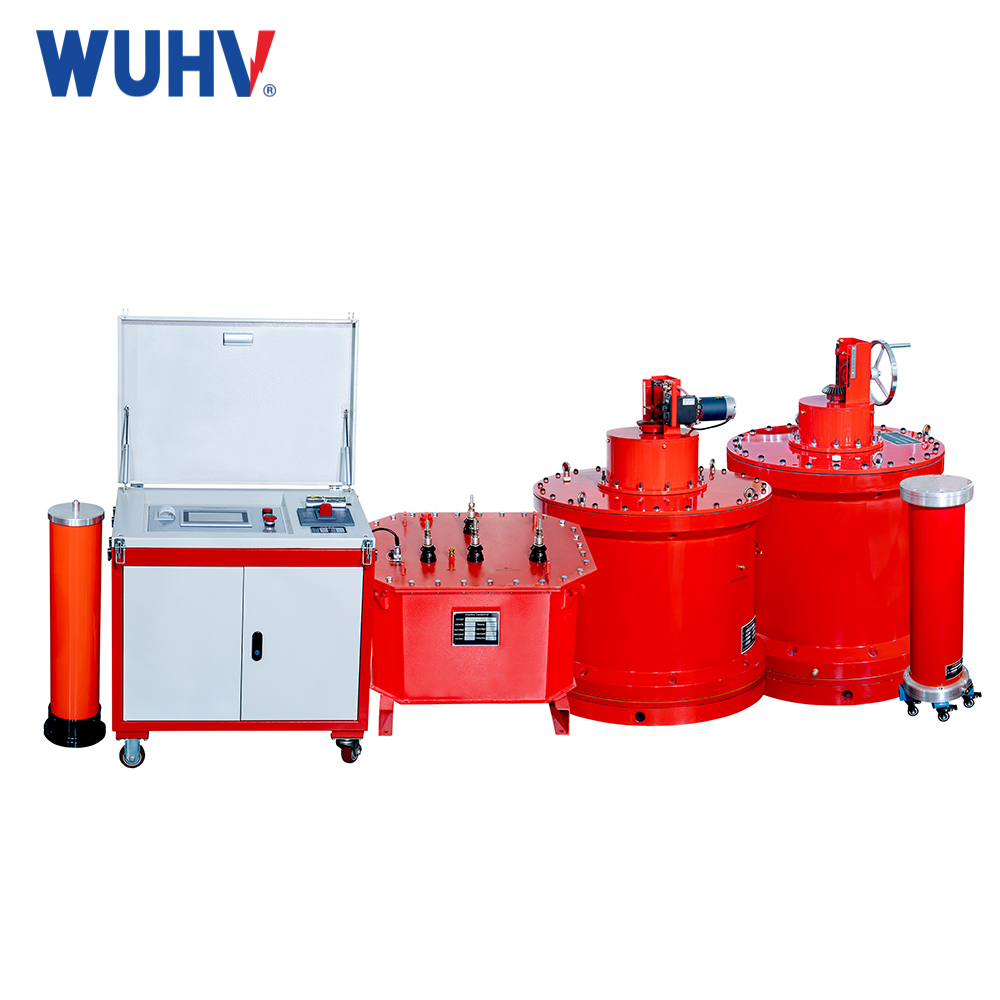Operating a series resonance test system is a high-risk, high-voltage professional task. Strict adherence to safety regulations is paramount to ensuring the safety of personnel and equipment. The critical safety precautions can be divided into three stages: before, during, and after operation.

I. Safety Preparation Before Operation
1.Personnel Qualification and Division of Labor:
Operators must be rigorously trained, understand the system's principles, performance, and operating procedures, and pass qualification exams.
A sole person in charge (work supervisor) must be designated on site. All commands must come from this person. The team must have clear roles: someone for supervision, someone for operating the equipment, someone for connecting/wiring, and someone for monitoring the test object.
2.Develop a Detailed Test Plan:
Pre-calculate key parameters like resonant frequency, required reactor configuration, and expected test voltage/current based on the test object's specifications.
The plan must include detailed safety measures and emergency procedures.
3.Site Safety Setup and Inspection:
Erect Safety Barriers: Set up enclosed barriers around the test area with clear warning signs like "STOP! High Voltage Danger!". The barrier distance must account for possible flashover.
Reliable Grounding: This is one of the most critical steps. All grounding terminals must be connected to the site's grounding grid using sufficiently large-gauge multi-strand copper cables. Grounding leads should be short and direct.
Check Equipment Status: Inspect all cables, insulation pillars, and reactor surfaces for cleanliness, dryness, and damage. Ensure all connections are tight.
Check Test Object Status: Confirm the test object is completely isolated from other equipment, fully discharged, and grounded. Measure its insulation resistance to ensure it meets test requirements.
Clearance and Supervision: Before starting, the supervisor must ensure all unauthorized personnel have left the area. A dedicated watchkeeper must be in place to monitor the zone, prevent entry, and sound alarms if needed.
II. Key Safety Points During Operation
1.Unified Commands, Clear Communication:
All operations must follow the supervisor's commands. Commands like "raise voltage" or "power off" must be clear, and the operator should repeat them before acting.
Maintain clear communication using tools like walkie-talkies, especially if the operator is far from the test object.
2.Gradual Voltage Increase, Close Monitoring:
Start increasing voltage slowly from zero after power is on.
Increase rate can be faster up to about 75% of the target voltage, then proceed slowly and evenly to the target value to avoid surges.
Monitor voltage/current meters closely and listen for abnormal sounds (arcing, buzzing). If any abnormality occurs, immediately perform an emergency shutdown.
3.Stay Clear of High-Voltage Areas:
No one is allowed inside the safety barriers while high voltage is applied. Even after voltage drops to zero, no one should approach the high-voltage parts without first connecting a grounding cable.
4.Note on Finding Resonance:
When using "auto-tuning," voltage may fluctuate normally. Operators must remain vigilant.
III. Safety Measures After Operation
1.Complete Discharge and Grounding:
After the test, first reduce voltage to zero, then cut the main power.
The most critical step: Use a dedicated discharge rod to discharge the test object through a current-limiting resistor first, then short-circuit and ground it directly. For large-capacity objects, ensure discharge time is long enough.
2.Disconnecting Wires:
Only after confirming the test object and system are fully discharged and grounded, can high-voltage connections and ground wires be removed. Remove the high-voltage end first, then the ground end.
3.Equipment Maintenance:
Clean, inspect, and store the equipment properly after use.




















